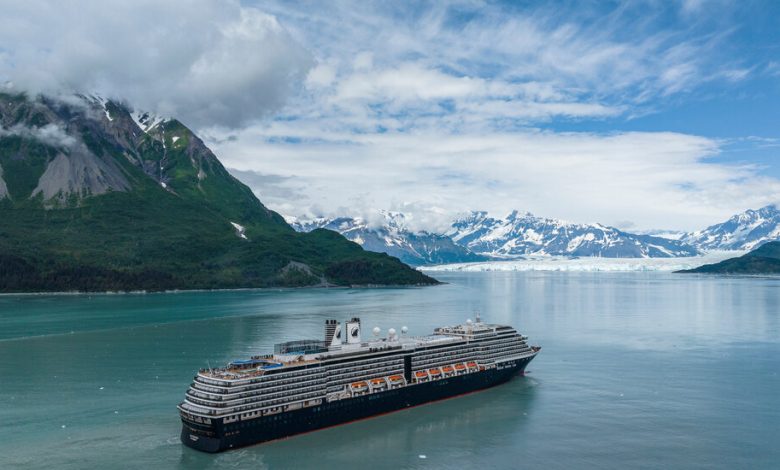Standby Cruising: A New Option for Bargain Seekers

In February, Barb McGowan took a seven-day cruise on Holland America Line, visiting the Bahamas, Turks and Caicos, and the Dominican Republic for just $343, or $49 a day, excluding taxes, port fees and extras. By comparison, Holland America currently lists a seven-day Caribbean itinerary in October from about $700.
The catch: She had just 48 hours’ notice.
Ms. McGown, a 64-year-old from Naples, Fla., who runs a restaurant franchise, took one of the line’s new standby cruises, which are aimed at travelers who live near departure ports and intended to fill ship vacancies.
“I look for deals, and this was an especially good experience,” Ms. McGowan said, praising the food and entertainment. “I was impressed enough to put down a deposit on a future cruise.”
A way to keep ships full
Holland America introduced its standby program last August to maximize ship occupancy, knowing that cancellations are inevitable. So far, the rest of the cruise industry has not followed its lead.
“If cancellations are within a week or two of sailing, it’s difficult to resell that space in the open market,” said Dan Rough, the vice president of revenue management at Holland America.
In the same way that airlines oversell seats, cruise lines may compensate for cancellations by overselling staterooms. Filling in with standbys, however, reduces Holland America’s reliance on overselling, which runs the risk of bumping passengers to distant departures or potentially offering generous cash incentives to coax volunteers to cancel.
